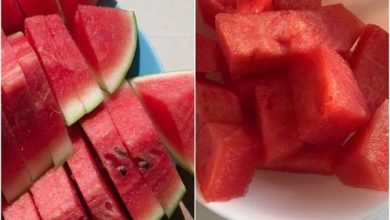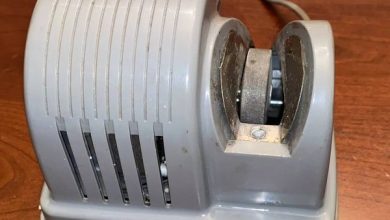
ADVERTISEMENT
Choosing a Grill Pan
A grill pan, also called a grill pan, grill pan or grill basket, is a versatile kitchen appliance that enhances the grilling experience, especially for foods that might fall through the grates of a traditional grill. This is particularly useful for smaller foods such as vegetables, seafood, cubes of meat, or delicate foods that require a gentler touch. Below is an overview of how to choose and use a roasting pan to ensure you get delicious results every time.
When choosing a grill pan, consider the following features:
- Material: Most grill pans are made of stainless steel, cast iron or non-stick materials.Stainless steel is durable and rust-resistant, cast iron provides excellent heat retention, and nonstick surfaces make food release and cleanup easy.
- Size: Make sure the bowl fits your grill. It should be large enough to prepare the desired amount of food while still allowing room for air circulation and maneuverability.
3.Design: Look for a tray with sides to prevent food from slipping. Some pans have perforations or slots that allow smoke and flames to reach the food, improving the flavor.
- Handles: Choose a tray with handles for easy handling. Make sure that they are stable and offer a good grip even with gloves.Using a Grill Pan
PREPARING THE TRAY
ADVERTISEMENT
- Preheat: Always preheat the grill pan on the grill for a few minutes before adding food. This prevents sticking and ensures good browning.
- Oil: Even lightly greasing the bowl can prevent sticking. Using a paper towel or brush, apply a thin layer of oil with a high smoke point, such as canola or avocado oil.
COOKING WITH GRILL TRAY
1.Arrange the food: Spread the ingredients in a single layer, making sure to leave space between them so they cook evenly. Avoid overcrowding as this may result in steaming rather than grilling.
- Stir or turn regularly: Use tongs or a spatula to turn food occasionally to ensure even cooking and desired grill marks.
3.Control the heat: Depending on what you’re cooking, you may need to adjust the heat. Delicate foods like vegetables or fish typically require medium to medium heat, while denser foods like thick slices of vegetables or cubes of meat may require slightly higher heat.
- Use the Lid: Closing the grill lid can help simulate oven conditions, which is great for cooking thicker foods or for a smokier flavor.
CLEANING AND MAINTENANCE
- Cool: Allow the tray to cool completely before attempting to clean it.• Soaking: If food particles are stuck on, soaking them in warm, soapy water can help loosen them.
- Non-abrasive cleaning: Use a non-abrasive scouring pad to protect non-stick surfaces. For stainless steel or cast iron, a grill brush may be more effective.
- Dry completely: To prevent rust, which is especially important with cast iron, ensure the pan is completely dry before storing. Cast iron can also benefit from a light coating. Oil after cleaning.
Safety Tips
ADVERTISEMENT
- Use protective equipment: Always use grill gloves or pot holders when handling the hot pan.
- Keep it stable: Make sure the pan is securely placed on the rack to prevent it from tipping or slipping.
A roasting pan can greatly expand your grilling repertoire and make it easier to experiment with a variety of foods that you wouldn’t have been able to grill otherwise. Whether you’re looking for perfectly roasted vegetables, succulent seafood, or flavorful little cuts of meat, a grill pan can be your ally for delicious results.




